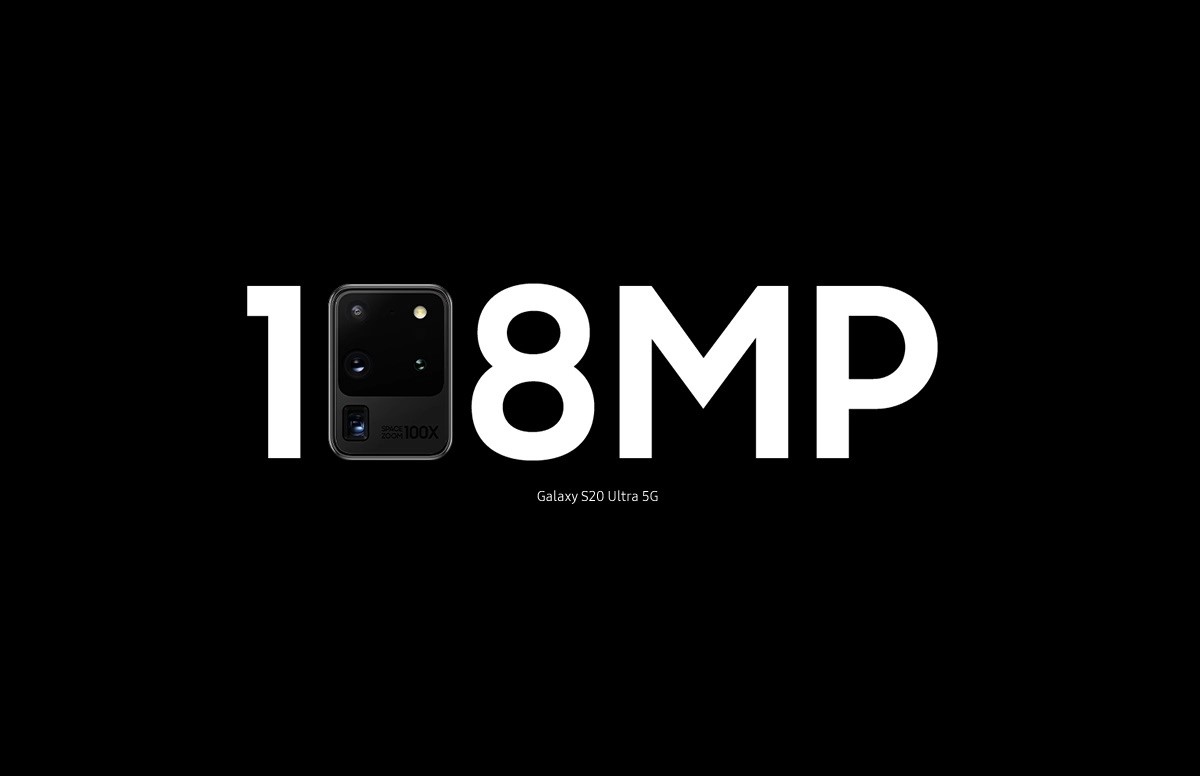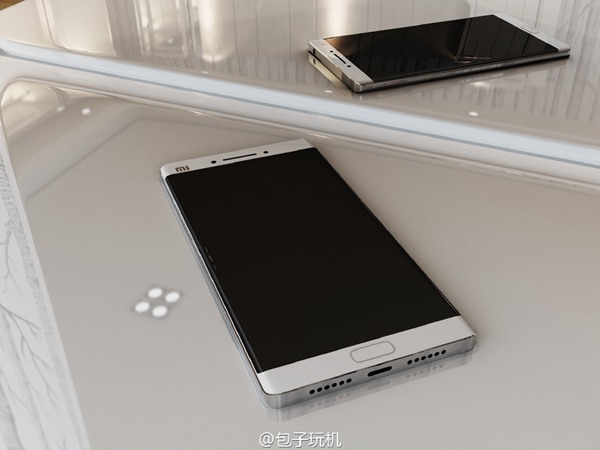
Xiaomi has been focusing on the camera department for its premium high-end devices and now it seems that the company is gearing up to launch a few smartphones that will be equipped with the new camera sensor.
Now that the likes of Realme and Redmi have democratized Samsung’s 108MP camera sensor, it is time to move over to the next generational leap in smartphone cameras.
One of Samsung’s ISOCELLL sensors was the first (on mobile) to breach the 100 MP barrier and Xiaomi was the first company to use it. Now as Samsung prepares to launch the first 200 MP sensor, Xiaomi prepares to once again be the first to use it.

As per the report from Digital Chat Room (via ITHome), Chinese smartphone maker Xiaomi is working on a smartphone that will feature a 200-megapixel camera sensor, which will be the largest camera sensor for a phone though without any time frame for when that might happen. Currently, 108-megapixel is the largest camera sensor that a smartphone offers.
It is believed that the sensor will come from Samsung and is expected to have 0.64um unit pixel, but far less than the 1.4μm unit pixel area of ISOCELL GN2. At this time, we don’t have much information about the sensor.
Recently, well-known leakster @IceUniverse had revealed that the South Korean tech giant is planning to launch a new innovative sensor this year under the company’s ISOCELL that will have a 200-megapixel image sensor. They also stated that the sensor will have 0.64 µm pixels, the smallest pixel size yet.
Previously, we heard a report that the sensor will have a 1/1.37” optical format, so smaller than the GN2 (1/1.12”) and about the same size as the latest 108MP sensor, the HM3 (1/1.33”, 0.8µm).
That info was part of the leak that the ZTE Axon 30 flagship will be the first with this sensor, so clearly it’s not 100% accurate. Still, at least some of it seems true. This leak also claimed that the sensor will support 4-in-1 binning with an output resolution of 50MP and effective pixel size of 1.28µm. 16-in-1 binning (12.5MP output) was also mentioned, but that sounds less plausible.
The current crop of 108MP sensors have native 2x or 3x lossless digital zoom capability, depending on their configuration. The 200MP sensor should be able to go higher than that and may spell the end of dedicated mid-range zoom modules. This sensor will technically have enough resolution for 16K video (133MP), though the first chipset able to process it is years away (the top chips right now can’t even do 8K 60fps).

Currently, the market is flooded with 108-megapixel sensors, including the likes of Galaxy S20/21 Ultra. These support native digital zoom ranging from 2x or 3x depending on the configuration, but the 200-megapixel camera from the sensor should go higher than that. It should also support 16K resolution recording, even though that is not technically possible due to current chipset limitations, but may be possible in the future with newer, higher end variants of Qualcomm’s Snapdragon.
Samsung has also hinted that it is developing a 200-megapixel image sensor as the successor of the 108-megapixel sensor found in the Galaxy S21 Ultra. While not yet confirmed, the company is likely to use the new 200MP sensor on the upcoming Galaxy S22 series flagship smartphones. It could also end up being a part of the company’s new foldable smartphone.
This isn’t the only high megapixel count sensor that Samsung is working on. Last year, the company announced that it is working on a 600-megapixel smartphone image sensor, although, it will take years before the technology gets commercial. Meanwhile, we are waiting for a smartphone equipped with a 200-megapixel camera sensor to launch, which should happen quite soon.
Anyway, high resolution sensors will have to use smaller pixels – otherwise, they will be quite large physically, which also means a very thick camera module (and something like the Mi 11 Ultra already has a chunky camera bump with its 1/1.12” GN2 sensor). More advanced sensor designs, pixel binning and improved processing will offset the downsides of smaller pixels.

